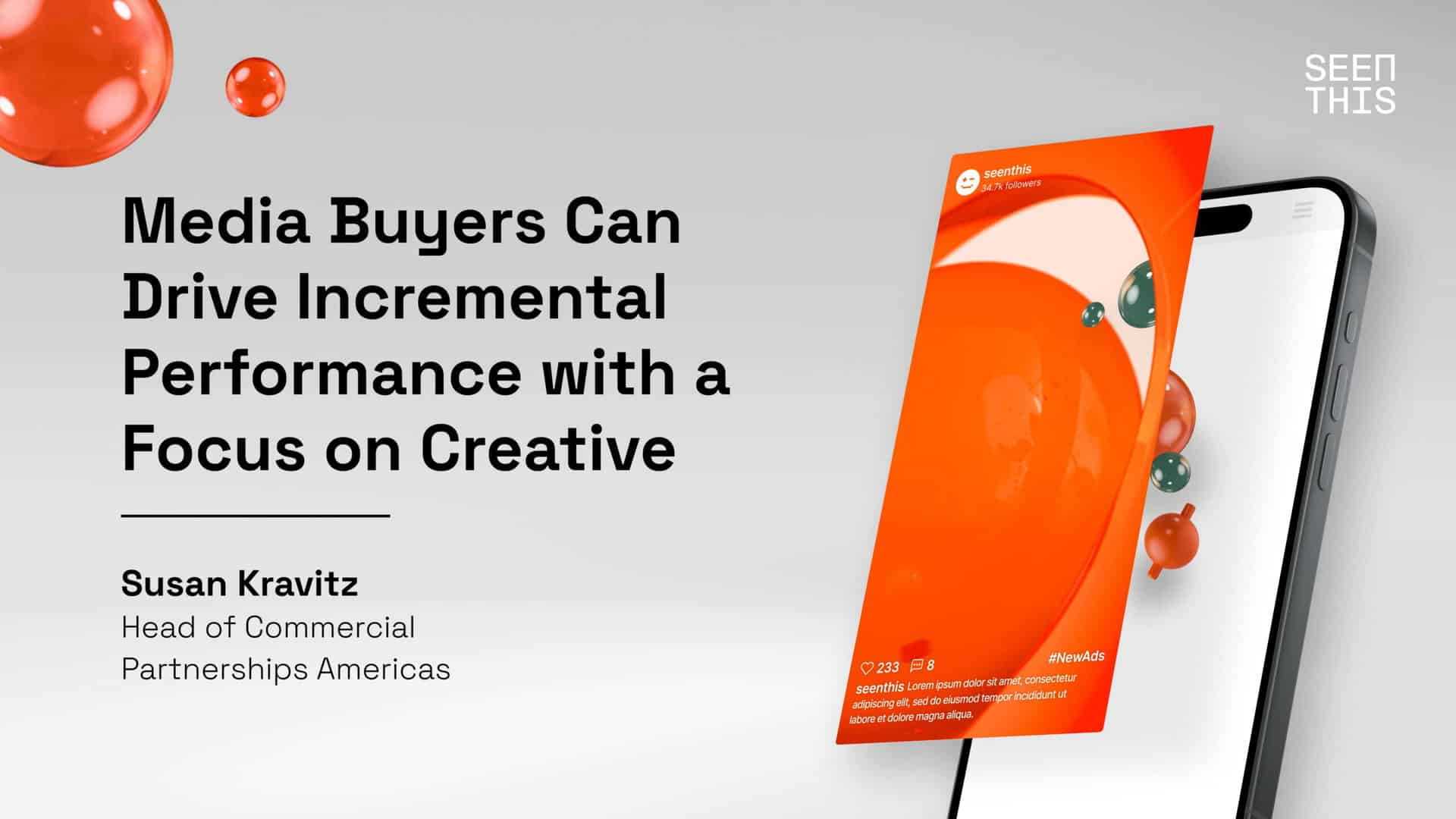To make the most of these innovations, media agencies need a process for building creative pilots and measurement into their standard workflow so they can collaborate with creative teams and scale. Opportunities to improve creative in the media buying process tend to still be treated as one-off pilots, using incremental budget. What’s more, many of these changes to creative don’t work their way back to the creative teams, so the new insights and performance results aren’t built into the creative process.
Building in a more structured way to pilot to scale and measure the performance of different creative options will help media teams drive higher performance and ensure that creative can be an active part of the process.
The New Wave of Creative Opportunities for Media Teams
Creatives are no longer static elements to be trafficked, they are clay, to be molded into different formats and served in different ways. Technologies like AI and DCO can reshape and reformat ads from discrete parts while streaming and serving ads more quickly and with higher quality – all of which should be tested and measured to see how it affects incremental performance.
Some examples of creative opportunities in the media buying process include:
- Wider variety of formats: Tech companies are using new tools including DCO and AI to build new sizes to fit requirements for social platforms and custom formats for channels like CTV using pre-existing assets.
- Unique experiences: Custom ad types can push creative to new limits, taking over a page, including interactivity and more.
- Personalized text and imagery: Dynamic creative optimization can take a set of text and images and build targeted messages based on behavioral data
- Higher quality and faster load times: Streaming delivers video ads in a fraction of the time that traditional download does, and with no lag.
These are just a few ways that media teams can get higher performance from creative, and new concepts are emerging all the time. Kargo just released Narrative, which uses AI to assemble CTV ads from still and audio assets. Fluency makes it easy to dynamically assemble ads in seconds. Ripl animates static content.
These examples and many others on the market today put the power of creative development in the hands of media teams.
New Catalysts for Collaboration
Ideally, these innovations and others like them will bring creative and media teams closer together, so they can collaborate on ways to maximize the performance of new creative and ad delivery technologies. If creative teams deliver assets that are ready to be reshaped and reimagined, media teams are better set up to test creative opportunities downstream. And if media teams provide transparent performance insights back to creative teams, they can refine their approach to get even higher performance in the future.
To get the most out of high performance creative design and delivery:
Collaborate from the beginning: Ideally, a brand will share information about new technology that media teams want to test with creative teams. Streaming ad delivery makes it easy for brands to deliver high quality video that loads instantly, opening up new placements and sizes for video. If creative teams know media teams want to use this innovation, they can design for it and get even higher performance than if media teams repurpose preexisting creative.
Work with vendors: Today, vendors are a source of inspiration and can share best practices about what works best and what drives the highest incremental lift. Brands that allow their creative and media teams to work directly with vendors often get better results.
Measure performance: Understanding exactly how these new innovations deliver better performance is critical. Media teams can show the value of what they are testing so they can increase their scope. Creative teams can get insights that drive more focused design in the future, and everyone can work together based on common KPIs.
It can be hard to change roles and norms that have been in place for decades, but it can also be rewarding. When creative and media teams have a collaborative relationship built on testing innovations and measuring lifts in performance, they can create a positive flywheel that powers higher performance now and in the future.

